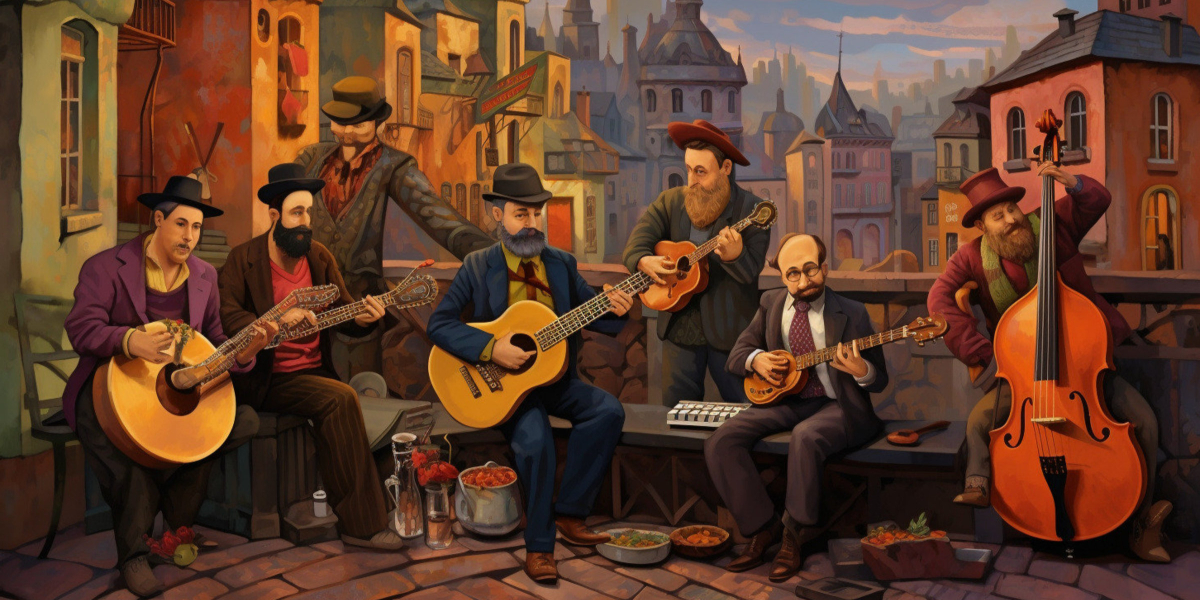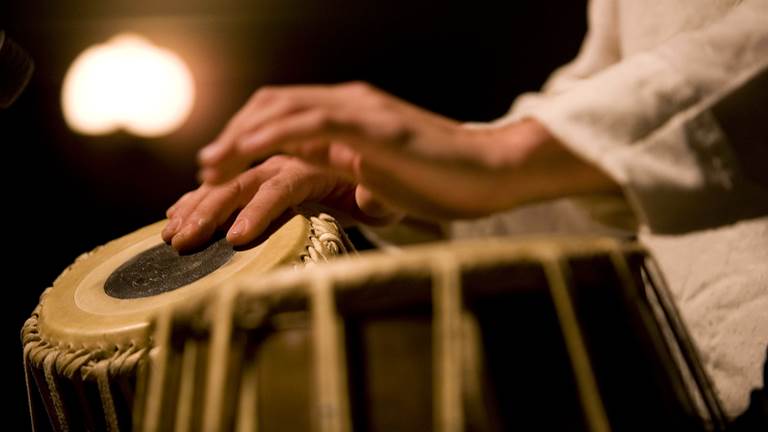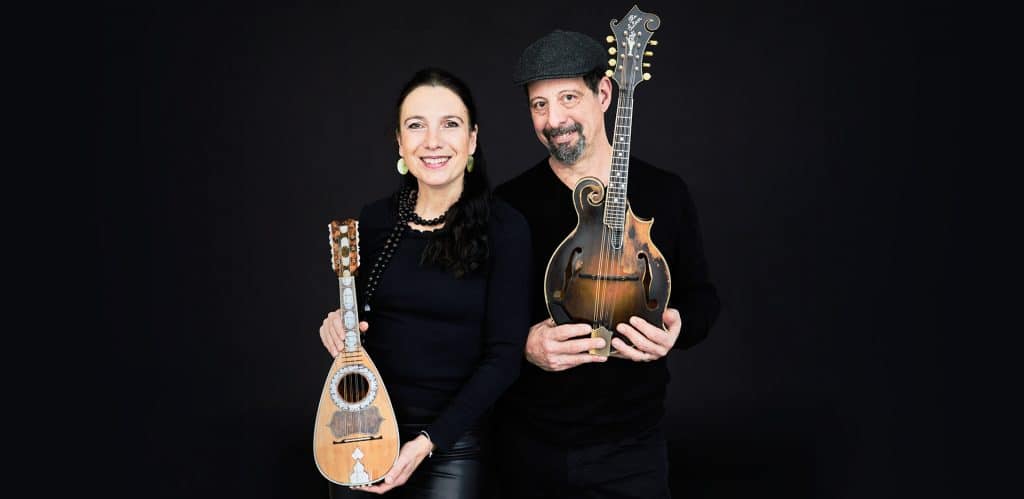Musical Instruments of the World: A Cultural Exploration

Music is a universal language that transcends borders and connects people across cultures. Central to the diversity of musical expression are the myriad instruments found around the world. From the haunting strains of the Chinese erhu to the rhythmic beats of the African djembe, each instrument reflects the unique cultural heritage and artistic sensibilities of its creators. In this exploration, we embark on a journey to discover the rich tapestry of musical instruments from diverse cultures around the globe.
Asia
In Asia, musical instruments hold deep cultural significance and play a central role in religious rituals, traditional ceremonies, and secular celebrations. The sitar, with its resonant strings and intricate melodies, is synonymous with Indian classical music, while the shamisen is a staple of Japanese folk and theater music. China boasts a diverse array of instruments, including the guzheng, pipa, and dizi, each with its own distinctive timbre and technique. From the mesmerizing rhythms of the tabla to the meditative strains of the qin, Asian musical instruments reflect a deep reverence for tradition and craftsmanship.
Africa

In Africa, music is inseparable from daily life, serving as a means of communication, expression, and cultural identity. Percussion instruments such as the djembe, talking drum, and kalimba form the rhythmic backbone of African music, driving communal dances and celebrations. The kora, a West African harp-lute, is revered for its soulful melodies and storytelling prowess, while the mbira, or thumb piano, captivates listeners with its ethereal soundscapes. African musical instruments embody the spirit of resilience, creativity, and collective spirit that defines the continent’s diverse cultures.
Europe
Europe boasts a rich legacy of musical innovation and experimentation, reflected in its diverse array of traditional and classical instruments. The violin, viola, and cello are revered for their expressive capabilities and virtuosic techniques, while the accordion and bagpipes evoke the folk traditions of rural villages and bustling cities alike. The pipe organ, with its majestic pipes and intricate keyboards, has been a fixture of European cathedrals and concert halls for centuries, symbolizing the grandeur and spirituality of Western classical music.
The Americas
In the Americas, indigenous cultures have preserved ancient musical traditions passed down through generations. The Native American flute, crafted from wood or bamboo, produces haunting melodies that echo the natural world and ancestral spirits. In Latin America, the guitar holds a central place in folk and popular music, from the rhythmic strumming of the cuatro in the Caribbean to the intricate fingerpicking of the Brazilian violão. The marimba, a percussive instrument native to Central America, delights audiences with its vibrant tones and syncopated rhythms.
Oceania

In the islands of the Pacific Ocean, music serves as a vital means of cultural expression and connection to the land. The ukulele, with its cheerful sound and portable design, is synonymous with Hawaiian music and hula dance, while the Maori people of New Zealand celebrate their heritage through the powerful rhythms of the taonga puoro, or traditional Maori instruments. The slit drum, found throughout the Pacific islands, communicates messages across vast distances, bridging communities and preserving oral traditions.
In conclusion, musical instruments are more than mere tools of sound production; they are repositories of cultural heritage, artistic expression, and human ingenuity. From the haunting melodies of the erhu to the rhythmic beats of the djembe, each instrument tells a story of creativity, resilience, and the enduring power of music to unite and inspire. By embracing the diversity of musical instruments from around the world, we celebrate the richness of human culture and the boundless creativity of the human spirit.
For further exploration of musical instruments and cultural traditions, visit Root Hog Music (https://roothogmusic.com/), where you can discover a treasure trove of recordings, instruments, and educational resources spanning cultures and continents.
